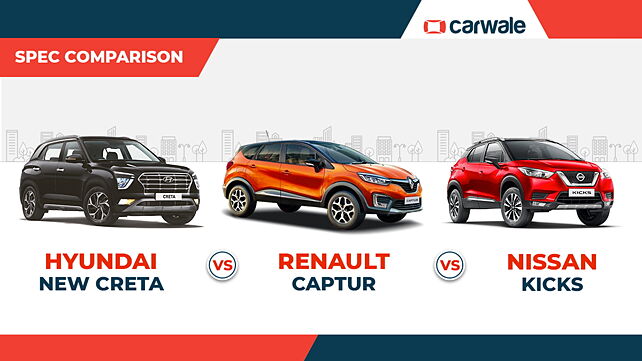
The all-new Hyundai Creta will be launched in India on 16 March 2020. Hyundai hopes that the new SUV will continue to be where the old model left off, right at the top of the segment. To help it do that, the new Creta has received a comprehensive redesign inside-out, will be offered with a plethora of engine-transmission combinations and will be equipped with some first-in-class features.
We have already seen how the new Creta does against the popular Kia Seltos and the segment pioneer Renault Duster and you can check out the comparison here. Now, let's see how the new Creta fares against the newcomers from the Renault-Nissan alliance, the Renault Captur and the Nissan Kicks.
Design and Dimensions

The all-new Creta, unlike its please-all design predecessor, has a design which can split opinions. Hyundai’s new ‘Sensuous Sportiness’ design theme gives the new Creta plenty of eye-catching details, no doubt, but the way the whole package has been put together may not appeal to everyone. As is the case with all modern SUVs, the new Creta has a split-headlamp design with the main beams being placed lower down the fascia. The headlamp cluster is surrounded by a boomerang LED DRL strip which is split in three, the same design is mimicked at the back. The massive ‘cascading’ grille is now more in-your-face, the side profile is more muscular thanks to surfaces mimicking the wheel arches and the rear windshield is more slanted for a sportier look at the rear.

The Renault Captur is basically a re-skinned Duster but, can you tell? Borrowing design elements from the international model, the Indian-spec Captur prioritises curves over muscle. The wide ‘sparkle’ all-LED headlamps topped by dynamic indicators, the multi-element grille with the large logo, C-shaped LED DRLs on the front bumper, LED taillamps and dual-tone colour scheme set it apart quite well in this group of SUVs.

The Nissan Kicks is specifically designed for India and borrows some signature design elements draped over a unique body design. While the Captur is about curves, the Kicks is all about muscular design. A ‘V-motion’ grille, also seen on SUVs like the Patrol, well designed faux-bash plates on the bumpers, pronounced squarish wheel arch extensions and a contrast coloured floating roof give the Kicks a great presence on the road.
Interior design

Inside, the Creta now gets a simpler dashboard design with a 10.25-inch touchscreen taking up prime real-estate in the centre. All-digital instrument cluster in the SX (O) variants and flat-bottom steering wheel with a unique silver insert add to the wow factor inside.

The curvy design theme extends to the interior of the Renault Captur. The old-school capacitive touchscreen stands out like a sore thumb in the otherwise good looking dashboard. The instrument cluster has a unique butterfly-wing surround which houses a digital speedometer and twin analogue dials. The quilted leatherette adds a lot of premium feel to the cabin, though the hard plastics all around dampen that right down.

You will find the interior of the Kicks familiar if you have had sat in the Captur before, especially in the way the A/C controls and instrument cluster are designed. The floating eight-inch screen stands out though and its crisp display is refreshingly different. The rich brown and black faux-leather interiors do look premium, especially the way the brown leather is placed all over the dashboard. Blank buttons on the steering wheel make the otherwise beautifully designed unit a tad underwhelming to look at.
Dimensions
| All-new Hyundai Creta | Renault Captur | Nissan Kicks | |
| Length | 4300mm | 4329mm | 4384mm |
| Width | 1790mm | 1813mm | 1813mm |
| Height | 1622mm | 1619mm | 1651mm |
| Wheelbase | 2610mm | 2673mm | 2673mm |
The numbers would suggest that the Captur and the Kicks will have more space inside than the all-new Creta, but that may be misleading. The previous-generation Creta utilised interior space better than the Renault-Nissan products, and the larger proportions on the newer SUV should make it even more spacious than before.
Diesel Engine
| All-new Hyundai Creta | Renault Captur | Nissan Kicks | |
| Displacement | 1.5-litre | 1.5-litre | 1.5-litre |
| Type | Turbocharged, four-cylinder | Turbocharged, four-cylinder | Turbocharged, four-cylinder |
| Power | 114bhp | 109bhp | 109bhp |
| Torque | 250Nm | 240Nm | 240Nm |
| Manual Transmission | Six-speed | Six-speed | Six-speed |
| Automatic Transmission | Six-speed torque converter | NA | NA |
| Fuel-Efficiency (ARAI-certified) | 21.4kmpl (MT) | 20.37kmpl | 20.45kmpl |
Hyundai’s 1.5-litre, turbocharged diesel engine trumps the other two in terms of on-paper performance. It also returns better fuel-efficiency than the other two in ARAI tests. More importantly the Creta offers more options for the customer, including a very convenient diesel-automatic version.
Petrol Engine
| All-new Hyundai Creta | Renault Captur | Nissan Kicks | |
| Displacement | 1.5-litre / 1.4-litre | 1.5-litre | 1.5-litre |
| Type | Naturally-aspirated, four-cylinder / Turbocharged, four-cylinder | Naturally-aspirated, four-cylinder | Naturally-aspirated, four-cylinder |
| Power | 114bhp / 138bhp | 105bhp | 105bhp |
| Torque | 144Nm / 242Nm | 142Nm | 142Nm |
| Manual Transmission | Six-speed | Five-speed | Five-speed |
| Automatic Transmission | IVT (CVT) / seven-speed DCT | NA | NA |
| Fuel-Efficiency | 16.8kmpl (MT) / 16.8kmpl (DCT) | 13.87kmpl | 14.23kmpl |
The Hyundai Creta trumps the Renault Captur and Nissan Kicks again in terms of performance and fuel-efficiency. A sportier ‘Turbo’ variant is also on offer paired exclusively with a quick-shifting dual-clutch transmission.
Conclusion
It’s not a fair fight, the Creta is brand new, the Renault Captur and Nissan Kicks are much older. But this also proves that Renault and Nissan need to step up their game big time.

![Hyundai Creta [2020-2023] Image Hyundai Creta [2020-2023] Image](https://imgd.aeplcdn.com/272x153/n/cw/ec/41564/hyundai-creta-right-front-three-quarter9.jpeg?q=80)

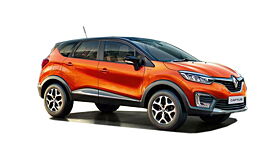
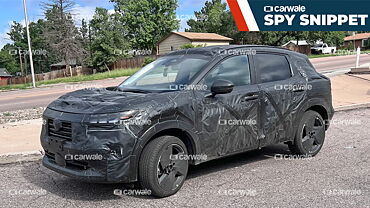

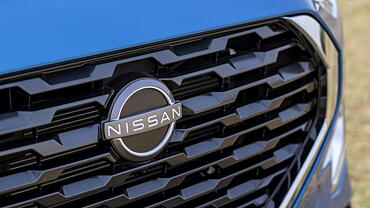





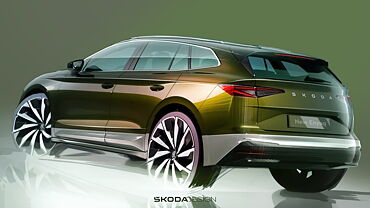


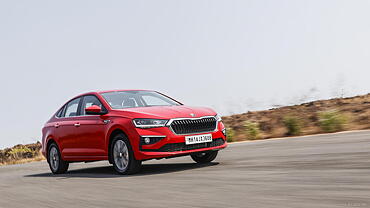



![Hyundai Creta [2020-2023] Right Front Three Quarter Hyundai Creta [2020-2023] Right Front Three Quarter](https://imgd.aeplcdn.com/199x112/n/cw/ec/41564/hyundai-creta-right-front-three-quarter9.jpeg?q=80)
![Hyundai Creta [2020-2023] Right Front Three Quarter Hyundai Creta [2020-2023] Right Front Three Quarter](https://imgd.aeplcdn.com/199x112/n/cw/ec/41564/creta-exterior-right-front-three-quarter-2.jpeg?q=80)
![Hyundai Creta [2020-2023] Right Side View Hyundai Creta [2020-2023] Right Side View](https://imgd.aeplcdn.com/199x112/n/cw/ec/41564/creta-exterior-right-side-view.jpeg?q=80)
![Hyundai Creta [2020-2023] Dashboard Hyundai Creta [2020-2023] Dashboard](https://imgd.aeplcdn.com/199x112/n/cw/ec/41564/creta-interior-dashboard.jpeg?q=80)
![Hyundai Creta [2020-2023] Steering Wheel Hyundai Creta [2020-2023] Steering Wheel](https://imgd.aeplcdn.com/468x263/n/cw/ec/41564/creta-interior-steering-wheel.jpeg?q=80)



























